Boiler Mountings: A Comprehensive List
The boiler is one of the oldest machinery systems to be used in a ship’s engine room. In early days, the vessel’s propulsion system was powered by the steam produced by the boiler. With technical advancements and increasing emphasis on safety of ship and crew, various boiler mountings and boiler safety devices have been introduced.
Just installing a boiler on a ship doesn’t guarantee efficient working of a boiler. When a boiler installation is done on board a ship, it can only be considered as complete, when different types of boiler mountings, including boiler controls, are fitted to ensure safe and efficient operation of a gas boiler.
Related Reading: Choosing a marine boiler while designing a ship
The article describes a comprehensive list of boiler mountings, without which, a boiler cannot operate safely and efficiently on a ship.
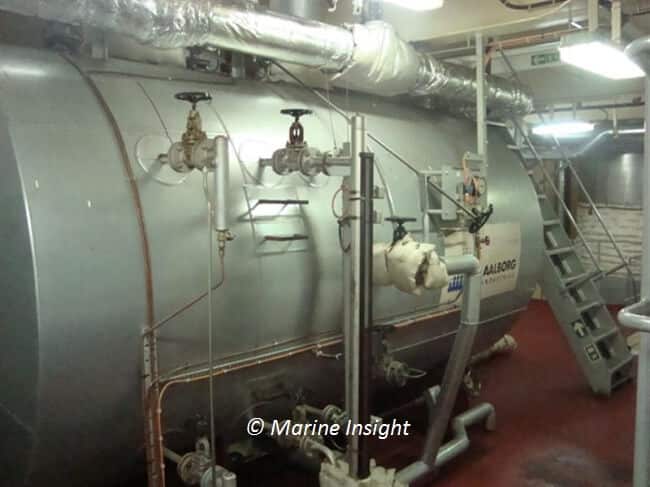
1) Main steam Stop Valve:
The steam generated in the boiler is supplied to ship’s system through this valve. It usually is non-return type of valve directly mounted on the steam space of the boiler shell. The body is made of cast iron, and the valve seat is of gunmetal.
Related Reading: How to identify metals in engine room – Observation and Spark Test
2) Auxiliary steam Stop Valve:
In most of the steam system on ships, a separate steam line provided from the boiler for the small auxiliary system is supplied through this valve. The valve is smaller in size and usually of a non-return type.
3) Boiler Safety valve:
This is one of the most critical boiler fitting used in the event of unsafe excessive pressure inside the boiler. The boiler safety valve is designed to come into action to release the overpressure. The lifting pressure of the valve is set prior to its installation and locked in the presence of a surveyor so that it cannot be changed later on.
Related Reading: 10 Boiler Operating Mistakes That Can Cost Big Time
Boiler safety valves are installed in pairs with one valve set at a little higher pressure to ensure boiler does not explode of overpressure in the event of failure of any one boiler safety valve.
4) Boiler level gauge glass: Boiler gauge glasses are fitted in pairs for manually checking the water level inside the boiler drum. It is on the basis of the boiler pressure that the construction of the gauge glass is decided. The boiler water level indicator is an important boiler fitting as it tells the status of water level inside the steam drum of the boiler.
Related Reading: Procedure for boiler gauge glass maintenance on a ship
5) Air release valve or boiler vent:
This valve is fitted in the headers, boiler drum etc., to avoid imploding of the boiler when it is depressurized or when initially raising the steam pressure. The term implosion is just opposite of an explosion. In this scenario, the pressure inside the boiler will reduce sufficiently below atmospheric pressure to cause the shell to buckle inwards.
6) Feed check and control v/v:
This valve controls the supply of steam supply as per the demand and is fitted in both main and auxiliary steam line after the stop valve. They are non-return valves with a visible indication of open and closed position.
7) Pressure gauge connection:
The pressure gauge can be fitted in the superheater, boiler drum and wherever it is necessary to read the real-time pressure reading from the local station.
Related Reading: Different types of mechanical measuring tools and gauges used on ships
8) Boiler blowdown valve:
A bottom blowdown valve is used to empty the boiler either completely for maintenance purpose or partially for water treatment of boiler when the chloride level in the boiler water is on a higher side.
9) Scum blow down valve:
It’s a shallow dish type arrangement fitted at the normal water level which allows the blowdown of floating impurities, oil foaming etc. from the water surface.
Related Reading: Blow Down Procedure For Marine Boiler
10) Sampling connection:
Generally, a sampling water cock arrangement is also fitted with the cooler, in series, so that water sample can be collected at any time for feed water analysis.
Related Reading: Understanding Boiler Feed Water Contamination
11) Whistle valve:
If there is a provision for the steam whistle in the ship, then steam is supplied directly from the boiler through a small bore type non-return valve known as whistle valve.
12) Low-Level alarm:
This is a device used to initiate audible warning at low water level condition. Another shut down alarm (burner cut off) is fitted below this level (Low-Low Level alarm) to prevent overheat of boiler drum.
Related Reading: Troubleshooting boiler starting failure
13) Soot blowers:
Required to blow the soot and the combustion products from the tube surfaces. It is operated by steam or compressed air.
14) Automatic feed water regulator:
This device is essential to ensure appropriate water level in all load conditions and is fitted in the feed line. Multiple element feedwater control system is used in boilers with high evaporation rate.
15) Manhole:
The boiler is provided with multiple manhole doors, allowing inside access to the crew for inspection, cleaning and maintenance of boiler tubes and internal parts. Usually, one door is provided in the steam drum and one in the water drum.
16) Mud box:
The mud box in the boiler is provided at the bottom of the water drum to collect the mud (muddy impurities) of the water drum
Related Read: Do’s and Don’t For Efficient Boiler Operations On Ship
17) TDS Sensor and Probe:
Nowadays, most of the modern boilers are provided with this arrangement to monitor the total dissolved solids within the boiler water continuously. The sensor compares the true value with the set point, and if the value is on the higher side, an audio-visual alarm is given. A manual blowdown can be done to introduce fresh feedwater to the system to lower the total dissolved solids.
Over to you..
Do you know any other important boiler mounting that should be added to the list?
Let’s know in the comments below.
Disclaimer :
The information contained in this website is for general information purposes only. While we endeavour to keep the information up to date and correct, we make no representations or warranties of any kind, express or implied, about the completeness, accuracy, reliability, suitability or availability with respect to the website or the information, products, services, or related graphics contained on the website for any purpose. Any reliance you place on such information is therefore strictly at your own risk.
In no event will we be liable for any loss or damage including without limitation, indirect or consequential loss or damage, or any loss or damage whatsoever arising from loss of data or profits arising out of, or in connection with, the use of this website.
Do you have info to share with us ? Suggest a correction
Disclaimer :
The information contained in this website is for general information purposes only. While we endeavour to keep the information up to date and correct, we make no representations or warranties of any kind, express or implied, about the completeness, accuracy, reliability, suitability or availability with respect to the website or the information, products, services, or related graphics contained on the website for any purpose. Any reliance you place on such information is therefore strictly at your own risk.
In no event will we be liable for any loss or damage including without limitation, indirect or consequential loss or damage, or any loss or damage whatsoever arising from loss of data or profits arising out of, or in connection with, the use of this website.

About Author
An ardent sailor and a techie, Anish Wankhede has voyaged on a number of ships as a marine engineer officer. He loves multitasking, networking, and troubleshooting. He is the one behind the unique creativity and aesthetics at Marine Insight.
Latest Marine Technology Articles You Would Like:
Related Posts
- Blow-Down Procedure for Marine Boilers
- 6 Practical Tips On Improving Boiler Efficiency for Professional Marine Engineers
- What To Do During Marine Auxiliary Boiler’s Flame Failure or Fuel Pump Tripping?
- Boiler Starting Failure – Troubleshooting
- Understanding Boiler Feed Water Contamination
- Understanding Boiler Refractory And Its Types
Subscribe To Our Newsletters
By subscribing, you agree to our Privacy Policy and may receive occasional deal communications; you can unsubscribe anytime.



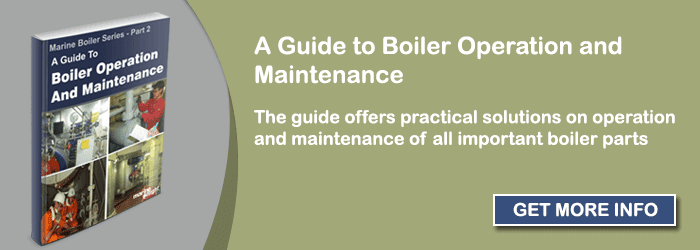
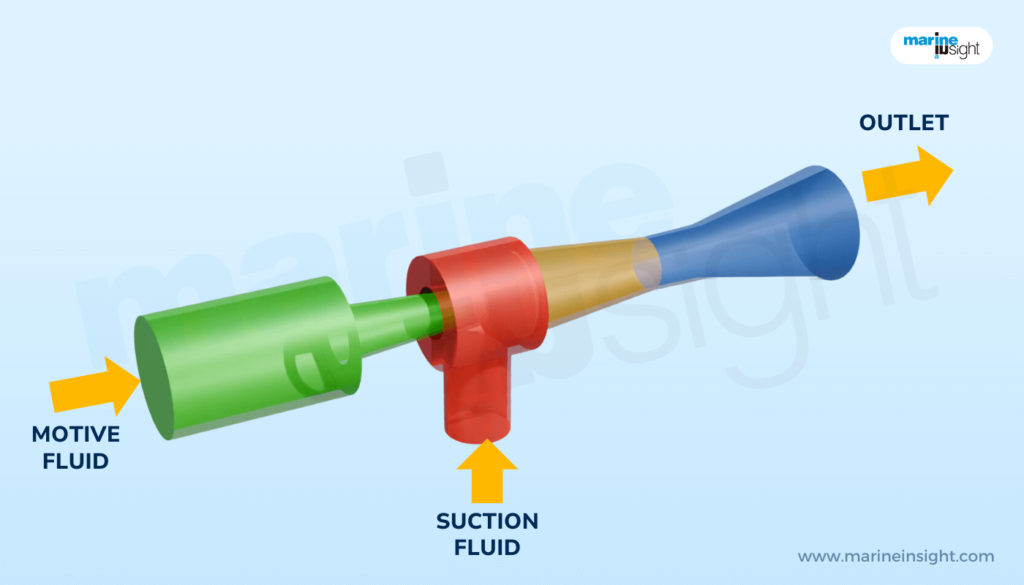
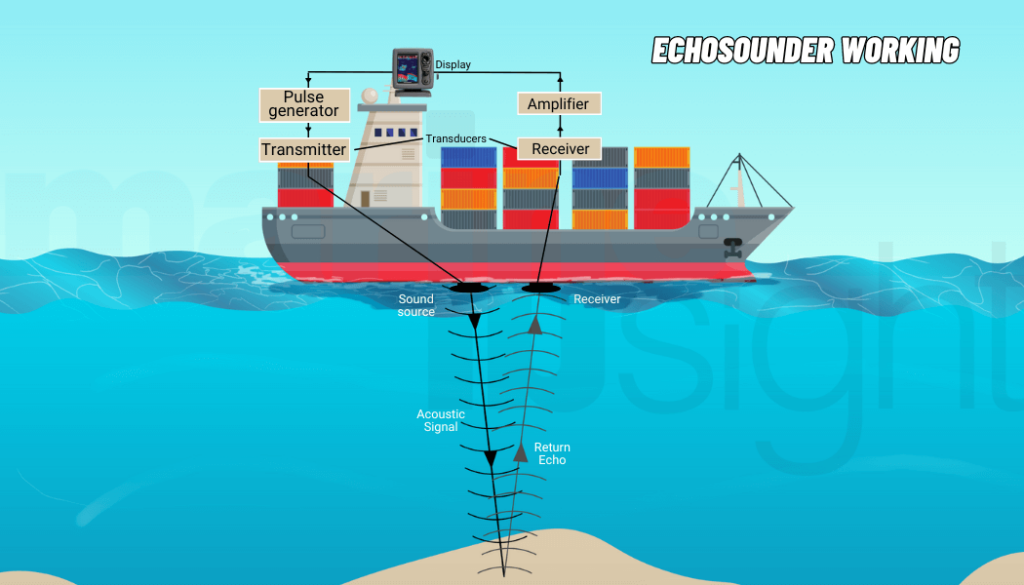
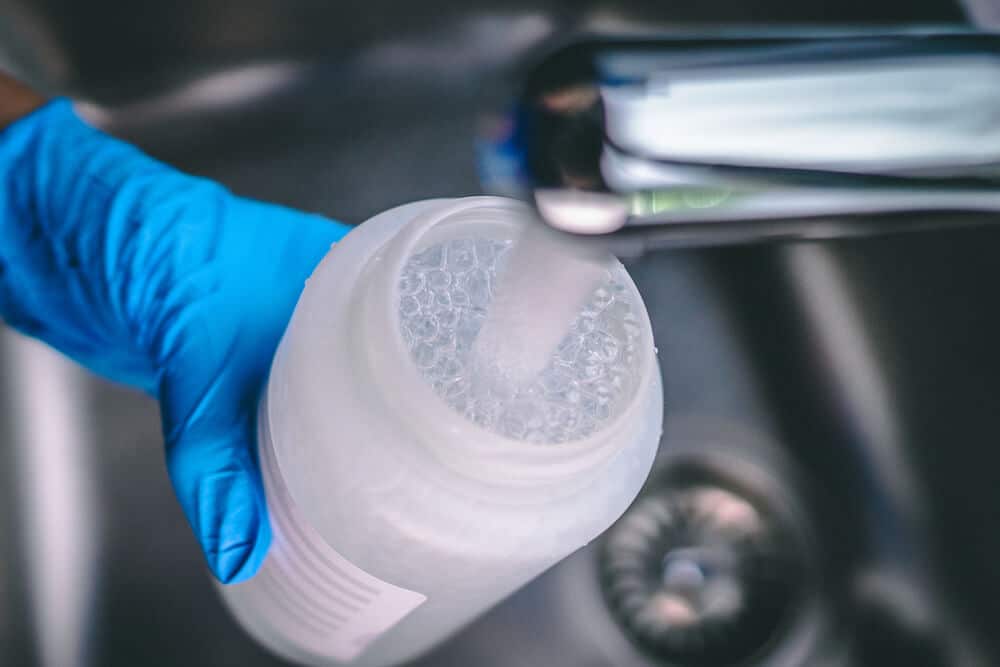
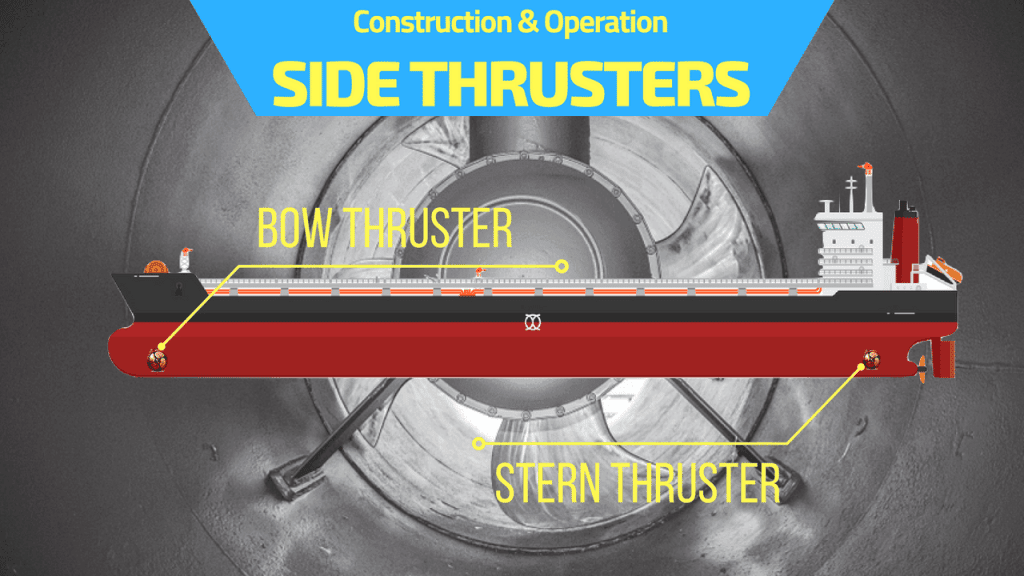
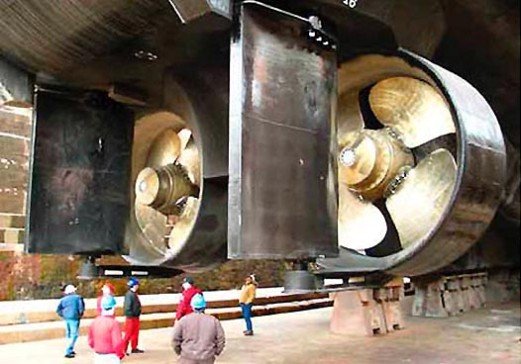
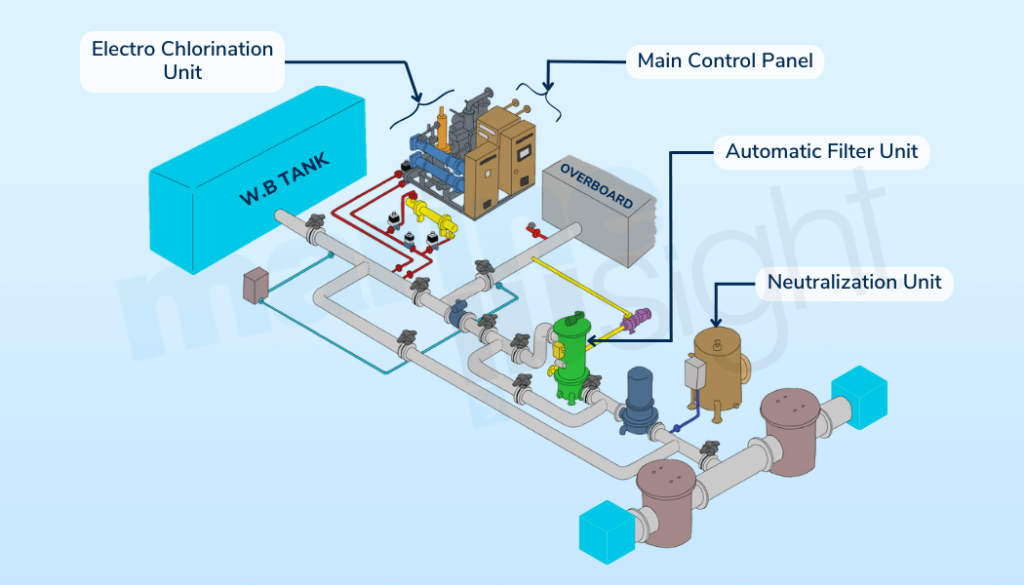

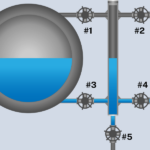
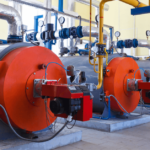
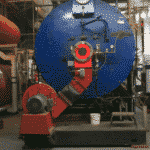
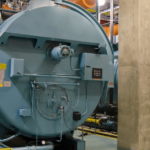
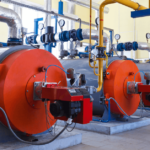
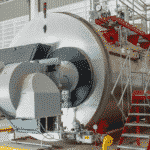
SIR I HOPE YOU COULD ANSWER MY QUESTION ABOUT FERROUS-ION GENERATOR
—WHAT WILL HAPPEN IF THE WATER PRESSURE ON THE FERROUS ION IS VERY LOW?
Very helpful article, keep it up
@Ahmed: ????
Hello. I’m an engine cadet and I would like to know more about the safety relief valves on the boiler. I know that there are two mounted on a marine boiler and that they are set in the presence of a surveyor but I am confused as to what is the lift pressure settings. Is it set to lift at 10% above working pressure or 3%? And also, are they both set to lift at the same overpressure setting? Help needed please.
Safety valves are set to open at 3% more than the max allowable pressure. The range of pressure settings of all the drum safety valves is not to exceed 10% of the highest pressure to which any safety valve is set
Very important article.thanks!
@Eranga: Thank you. Glad you liked it.